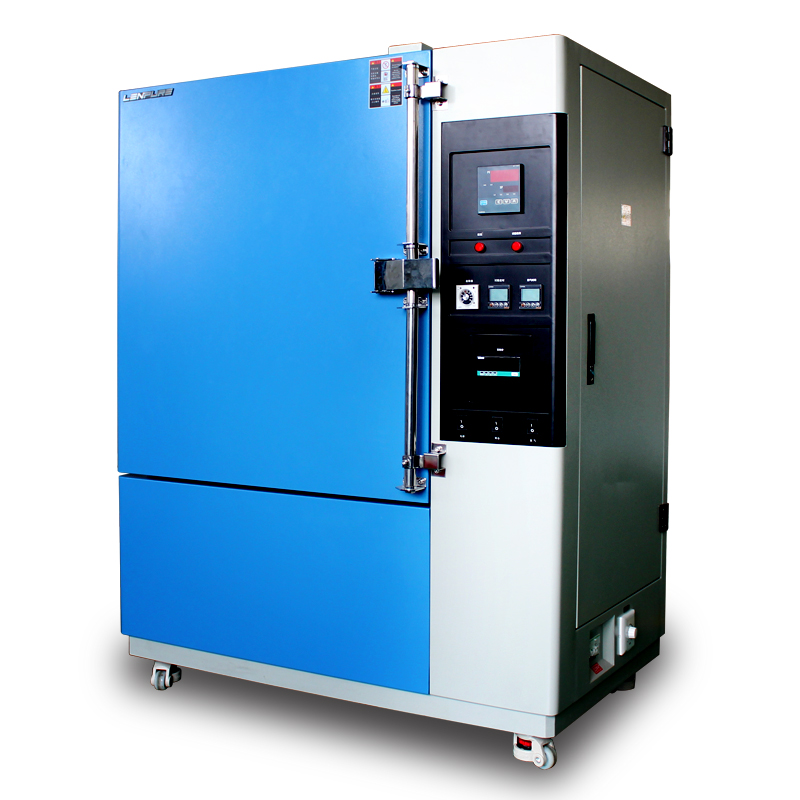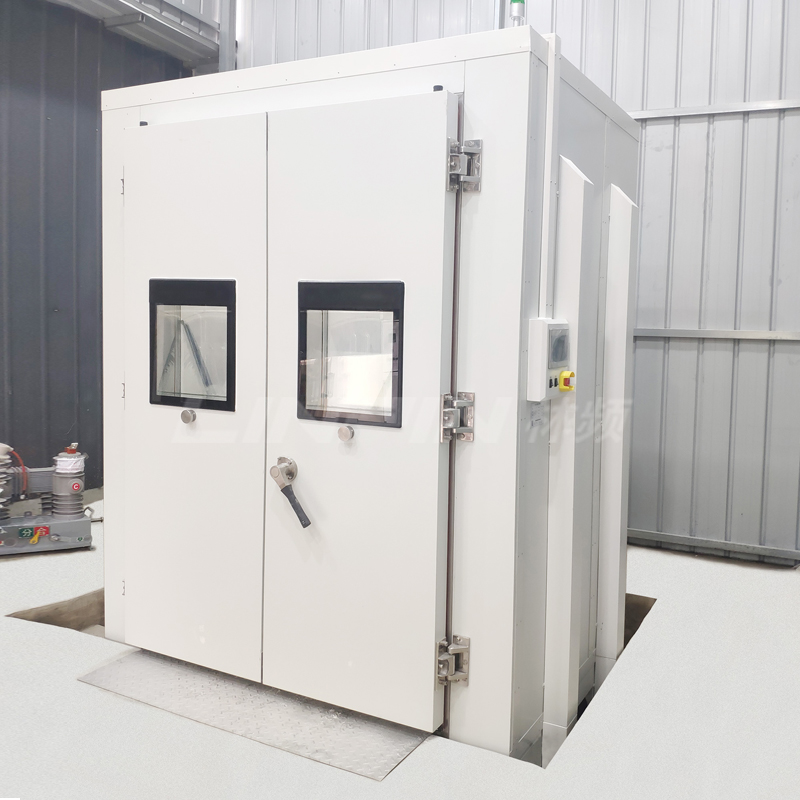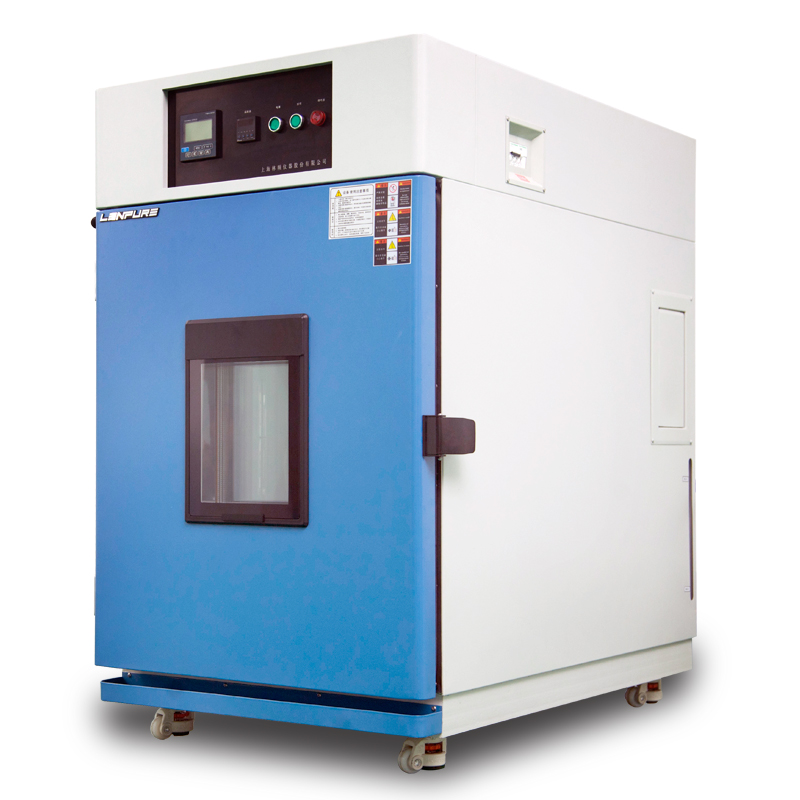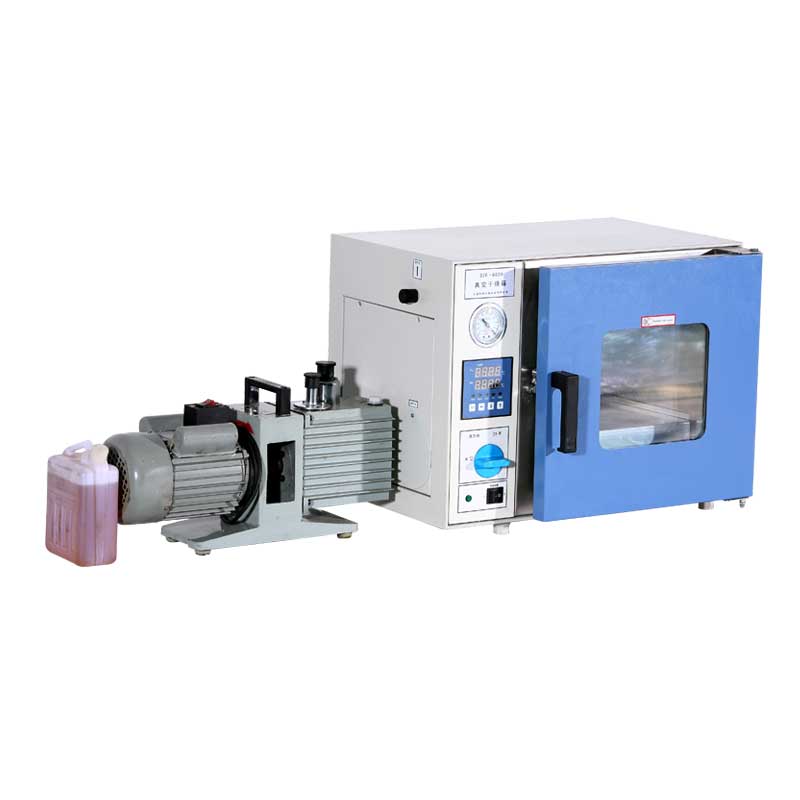How Can a Sand and Dust Test Chamber Enhance the Environmental Adaptability of Security Cameras?
Author:LINPIN Update Time:2025-08-22 Source:LINPINIn harsh environments where sandstorms rage and dust swirls relentlessly, the ability of security cameras—our urban guardians—to capture critical footage clearly can mean the difference between effective public safety and costly failures. Imagine a scenario where a crucial moment is missed because the lens is caked with sand or the sensor is damaged, rendering the surveillance system blind and useless. To mitigate such risks, sand and dust test chambers serve as both a proving ground and a reinforcement tool, scientifically and systematically enhancing the stability and reliability of cameras in dusty conditions. This article explores how these test chambers help manufacturers, system integrators, and maintenance teams prepare for the worst.
What Is a Sand and Dust Test Chamber?
A sand and dust test chamber is an accelerated aging and reliability testing device that simulates various dusty and sandy environments. By precisely controlling wind speed, dust concentration, circulation patterns, and temperature/humidity conditions, it replicates extreme scenarios such as sandstorms and airborne particulate exposure. This allows for rigorous evaluation of a product’s enclosure sealing, optical component resistance to dust, and long-term operational stability of electronic parts.

Why Must Security Cameras Undergo Sand and Dust Testing?
- Wide-Ranging Applications: Cameras deployed in transportation hubs, construction sites, deserts, coastal areas, and urban zones face constant exposure to dust and particulates.
- High Failure Risks: Dust accumulation on lenses, filters, or glass covers degrades image quality, while internal infiltration can cause short circuits, overheating, or corrosion.
- Costly Maintenance: Frequent cleaning, part replacements, and system downtime drive up operational expenses. Proactive testing identifies weaknesses early, reducing long-term costs.
- Critical Safety Implications: Blurred or lost footage during emergencies can compromise incident response and legal accountability.
How Does a Sand and Dust Test Chamber Improve Camera Resilience?
-
Validating Enclosure and Sealing Design
By simulating prolonged dust exposure, the test chamber assesses vulnerabilities in seams, joints, buttons, and ports. Findings guide improvements in gaskets, sealants, and structural design to achieve higher IP ratings (e.g., IP66/IP67) with proven reliability. -
Testing Optical Components and Self-Cleaning Strategies
Evaluates the anti-fouling performance of lens coatings, glass covers, and defogging/heating mechanisms under continuous dust exposure. Results inform material choices, such as anti-glare coatings or reinforced transparent shields, to maintain image clarity.
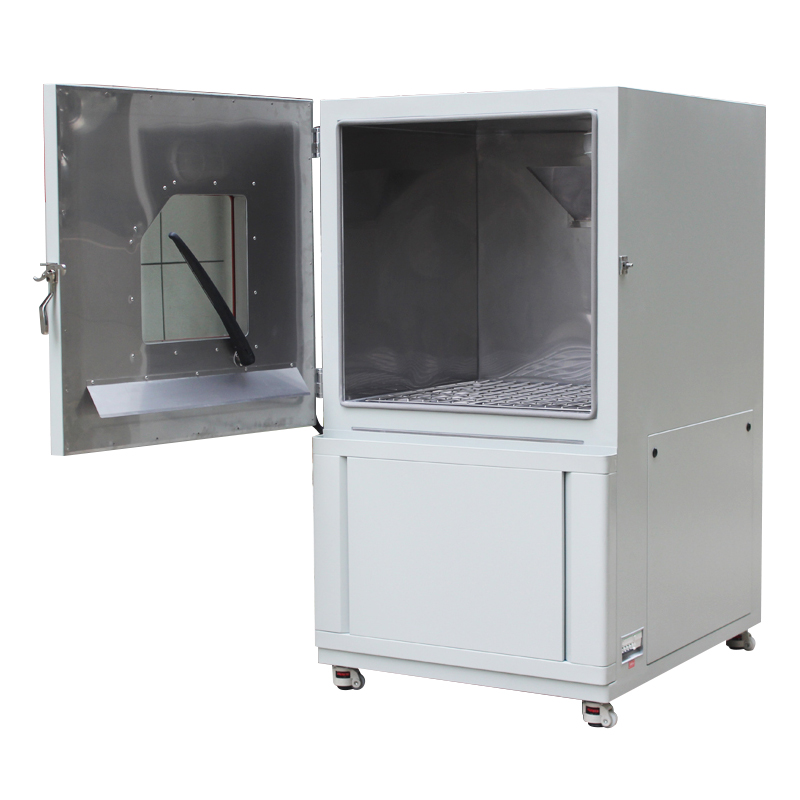
-
Assessing Wear Resistance of Moving Parts
Subjects pan-tilt mechanisms, sliders, and bearings to dust ingress tests, verifying the durability of lubricants, seals, and materials to prevent jamming or misalignment. -
Evaluating Electronics and Thermal Management
Dust infiltration can clog heat sinks, fans, and circuitry. Testing reveals cooling efficiency losses or electrical faults, prompting upgrades in dust-proofing, conformal coatings, or component layouts. -
Accelerated Aging and Lifetime Prediction
High-intensity, repeatable tests simulate years of field degradation, helping manufacturers preempt failure modes and refine designs or warranty policies. -
Optimizing Maintenance Protocols
Measures the effectiveness of cleaning cycles, filter replacements, or automated purging systems under varying dust levels, enabling data-driven maintenance schedules and cost planning.
A security camera may appear rugged at first glance, but its true durability is proven under extreme conditions. A sand and dust test chamber isn’t just a testing tool—it’s a strategic investment in product competitiveness, reduced lifecycle costs, and uncompromised safety. Choosing cameras validated by such testing is like insuring every critical frame your system captures.

